Ancient, modern under same roof
By Cui Jia ( China Daily ) Updated: 2013-11-06 07:54:33All mod cons
Like most of the dwellings in the area, Xianu's old house was made of mud and wood, and lacked a sewage system. "Every alley had a hole in the ground where people could dump their wastewater at night," she recalled, holding her nose with her fingers to indicate the smell she was forced to tolerate back then.
Her "new" house, which is made of bricks and mortar, has a sewage system, running water and natural gas.
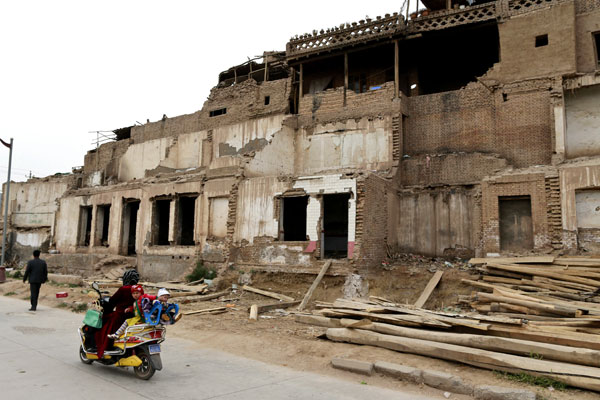 |
|
The old town area desperately required renovation. |
"Although the house is modern, we made sure everything inside and out is as Uygur as possible. It's something that can't be taken away from us, so other people shouldn't be concerned," she smiled, proudly showing off the wooden pillars on the second floor of the house, carved and embellished in the traditional style with complicated patterns by local craftsmen.
Like many residents keen to preserve the look of the old mud houses, the family has smeared mud on the external brick walls to give the impression of a house from days gone by.
"Of course we were emotionally very attached to the old house, but we wanted a better, safer life too," said Xianu. One of the few things she regrets, she said, was laying floor tiles to cover the courtyard, where her late mother-in-law enjoyed gardening, to transform it into a living space.
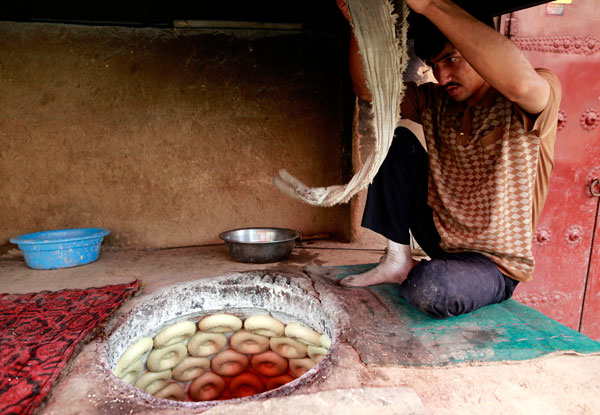 |
|
A man makes naan bread. Chen Tao |
Xianu's son, Abi Bulajon, said the only thing he doesn't like about the new house is that it's so difficult to clean.
"Because the construction work is still going on around the old town, things get dusty very quickly and cleaning the wooden pillars from top to bottom is not an easy task," said the 25-year-old, who recently graduated from medical school in Guangzhou, the capital of the southern province of Guangdong, and has returned home to work at a local hospital.
"I asked my parents to build a garage and can't believe they actually did! Before the renovation work, we had to park our car on the main streets outside the old town, because the alleys were too narrow," said Abi. "Life here is so much more relaxed than in Guangzhou and I am so happy to be back."
The renovation work has already been completed on 1,427 of the 1,530 houses in the Kumudarwazha neighborhood. "Every house was individually designed to cater to individual families' needs, then rebuilt or reinforced accordingly. That made this a huge and complicated project from the very beginning," said Remet Aji, 32, Party chief of Kumudarwazha community.
"Some people didn't realize how dangerous their houses were and many refused to join the project until they saw the dilapidated structures of their neighbor's homes. Some had to settle family disputes over the property before work could be carried out. That's why all the renovation work couldn't be finished at the same time. However, work has just started on another 10 houses in the community and we are getting there slowly but surely," he said
Memetimin Asar's two-story house stands just across the street from Xianu's. His property is among 93 houses that didn't require renovation because an architect's survey showed them to be safe for habitation. However, in Memetimin's case, that was because he'd already had work done on the house.
In the courtyard, the leaves of the mulberry and fig trees planted by the 73-year-old tailor's grandfather were covered by a fine layer of dust raised by the nearby construction work, but they still are growing strongly.
"There have been a lot of changes outside, but nothing has changed inside," said Memetimin as he watched his grandchildren play in the upstairs corridor just as he did when growing up in the 137-year-old house. The corridor's low wooden walls and pillars were recently repainted in light green, a favorite color among Uygur people.
"My house is lower than the main street, so the dirty water always came into the house. Now, everything smells nice and the stench has gone completely," said Memetimin.
He said that when the natural gas supply is connected, the house will be perfect. He monitors the construction of the pipeline every day, anxious to see the work completed.
|
|
|
|
|
|
|
|
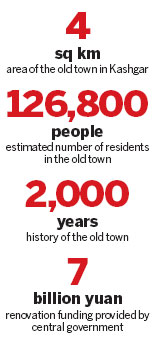
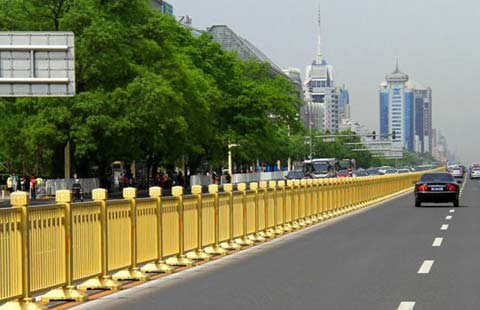


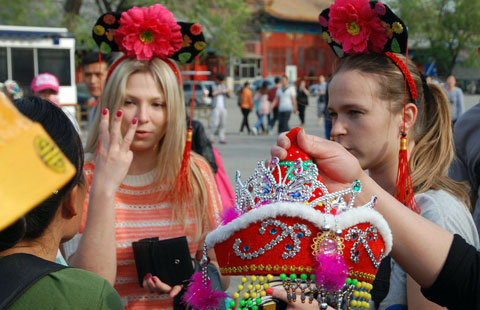

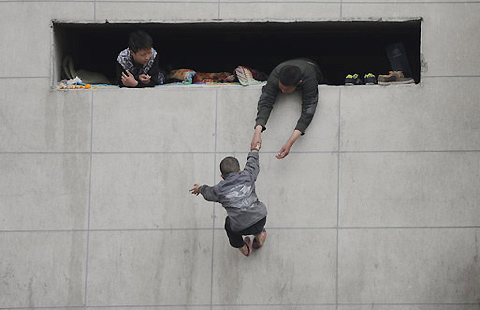

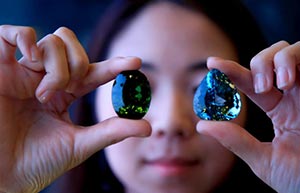
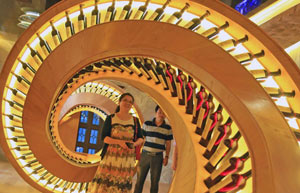





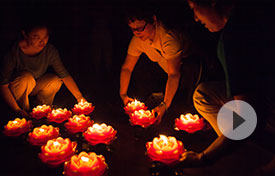



 Op Rana
Op Rana Berlin Fang
Berlin Fang Zhu Yuan
Zhu Yuan Huang Xiangyang
Huang Xiangyang Chen Weihua
Chen Weihua Liu Shinan
Liu Shinan